“From her very flesh and blood and from the constant cycles of filling and emptying the red vase in her belly, a woman understands physically, emotionally, and spiritually that zeniths fade and expire, and what is left is reborn in unexpected ways and by inspired means, only to fall back to nothing, and yet be reconceived again in full glory.”
Clarissa Pinkola Estes, pg 172
Estes’s book has become a sacred text for me. The fascinating examination and study of myths and archetypes centered around women have influenced my thinking, they have shifted the foundational trajectory of how I read, understand, and form ideas. Estes is teaching me to be. To breathe: “Yet if we live as we breathe, take in and let go, we cannot go wrong,” (173) she reminds me again and again.
I love how Estes uses each character in myth as a different aspect of women’s psyche. This strategy transforms stagnant anger into meaning creating wisdom. For example, when anger started clouding my reading of C.S. Lewis’s Til We Have Faces, a novel based on the myth of Cupid and Psyche, I remembered Estes’s myth readings and started to apply the technique to Lewis’s myth by seeing each character in the legend not as literal but as part of the “wild woman” archetype: the innocent, feminine Psyche; the veiled, lonely narrator and protector; the thinker, doubter, and loyal slave; and the masculine, cruel, abusive king – each character, when viewed in this way, is a figurative metaphor for ourselves. Each character, instead of a literal story, is part of the human struggle, sorrow, triumph, and journey. Each aspect of the myth plays its role in the human story of birthing ourselves to ourselves. Estes’s book taught me this. It teaches me to examine and create and re-create meaning even in the most unlikely places.
Women Who Run With the Wolves is a call to stop and breathe and run and howl. A call to abandon the excuses of why we are stagnant, why we are tamed. A call to start digging up the old bones buried long, long ago and then sing to them. Estes places the power back into the cracked and bleeding palms of women.
This book teaches me how to make a descansos timeline, mapping where things have died in my life – old selves, people I love, places I will never see again, etc. It teaches me to find La Loba, the cure: the old woman who sings to the bones, and it teaches me that “what lives shall die, what dies shall live.” It teaches me to laugh and forgive. Thank you, Estes, for teaching me how to unbury my wild self.


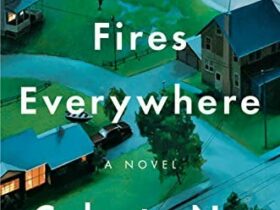
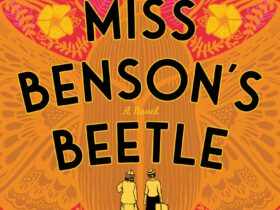

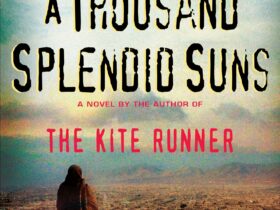
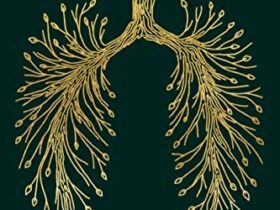

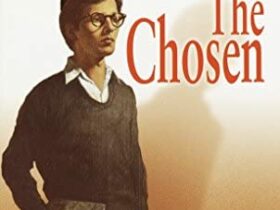
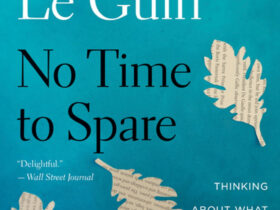

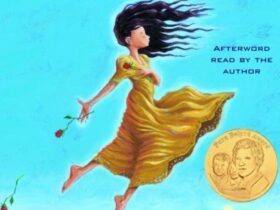

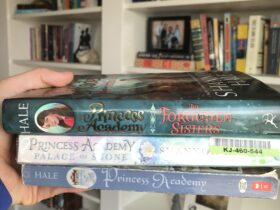
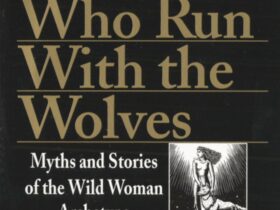




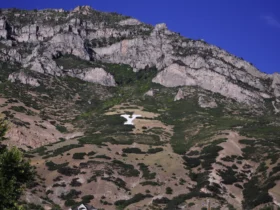


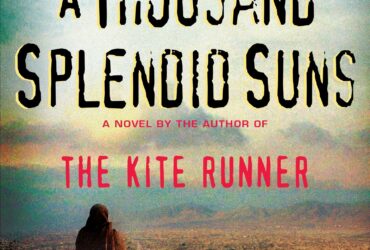

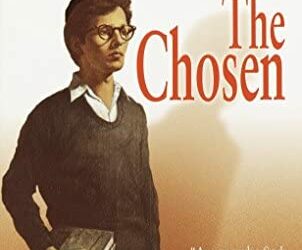
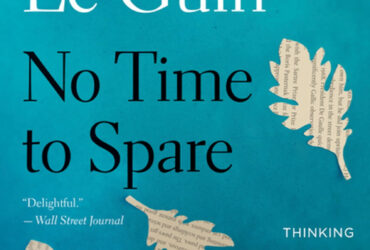
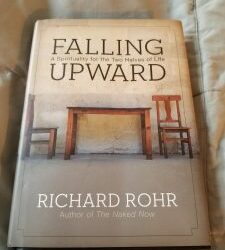
Leave a Reply